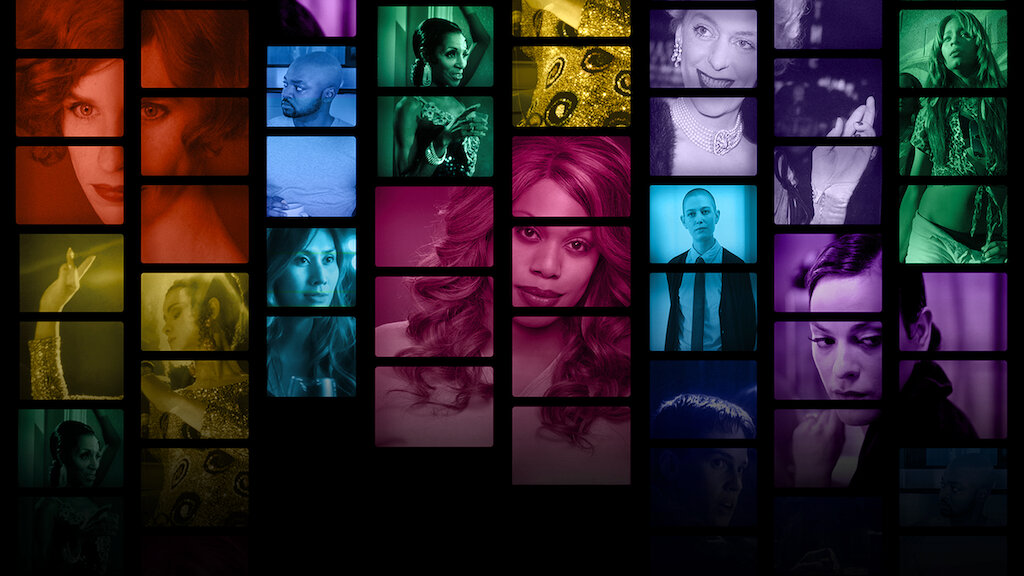
by Justin Lockwood | Jun 17, 2020 | Blog
“Stories hurt, stories heal.” Those words conveyed the message of last summer’s Scary Stories to Tell in the Dark, and they popped into my head when I was thinking about Sam Feder’s documentary Disclosure, which premieres on Netflix on Friday, June 19. ...
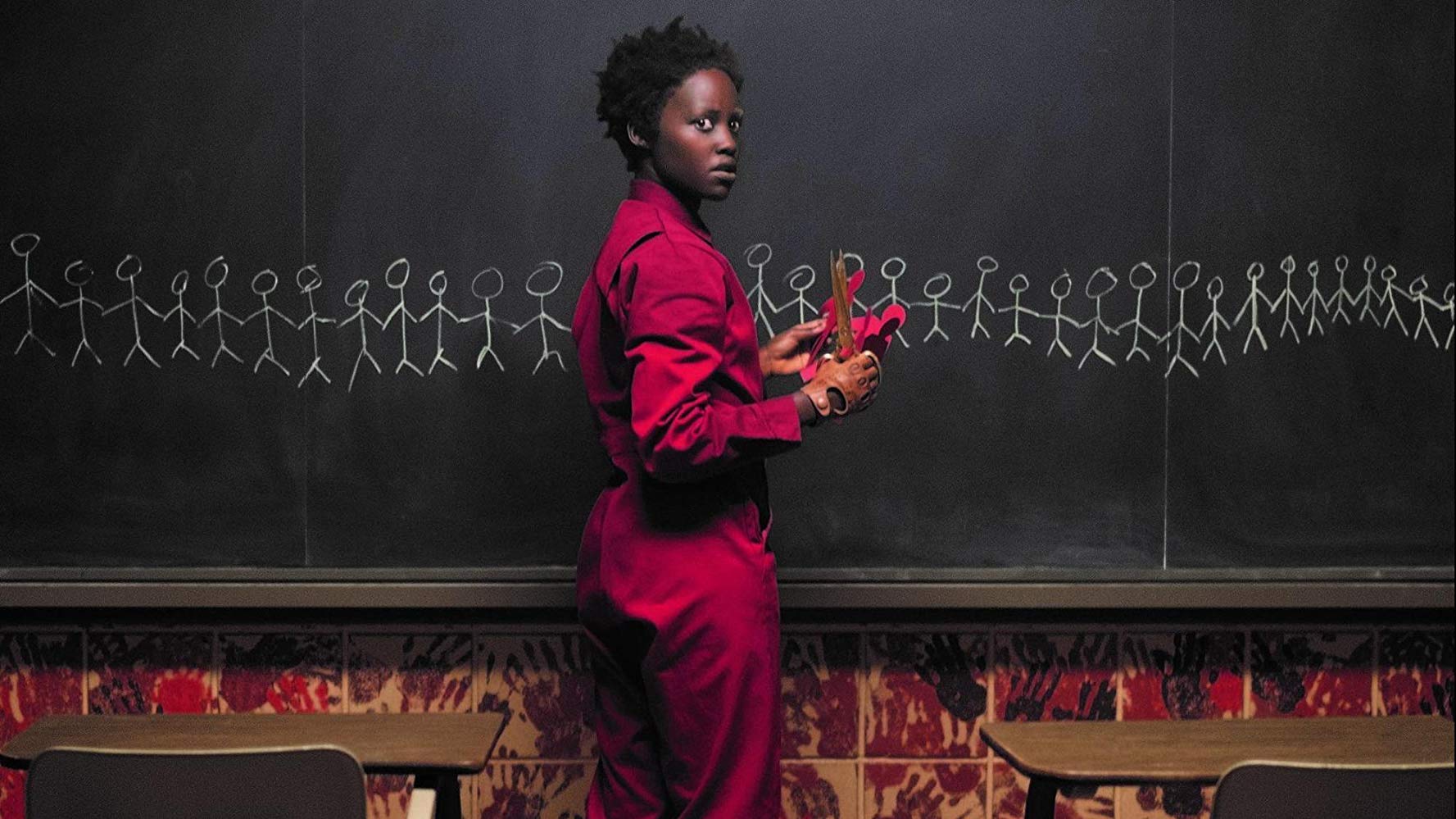
by Justin Lockwood | Mar 30, 2019 | Blog
Lupita Nyong’o, Evan Alex, Shahadi Wright Joseph, and Winston Duke in Us Us opened last weekend to a mammoth $70.2 million, becoming the highest opening original horror movie and biggest ever opening for a film with a black female lead. What’s more, ...
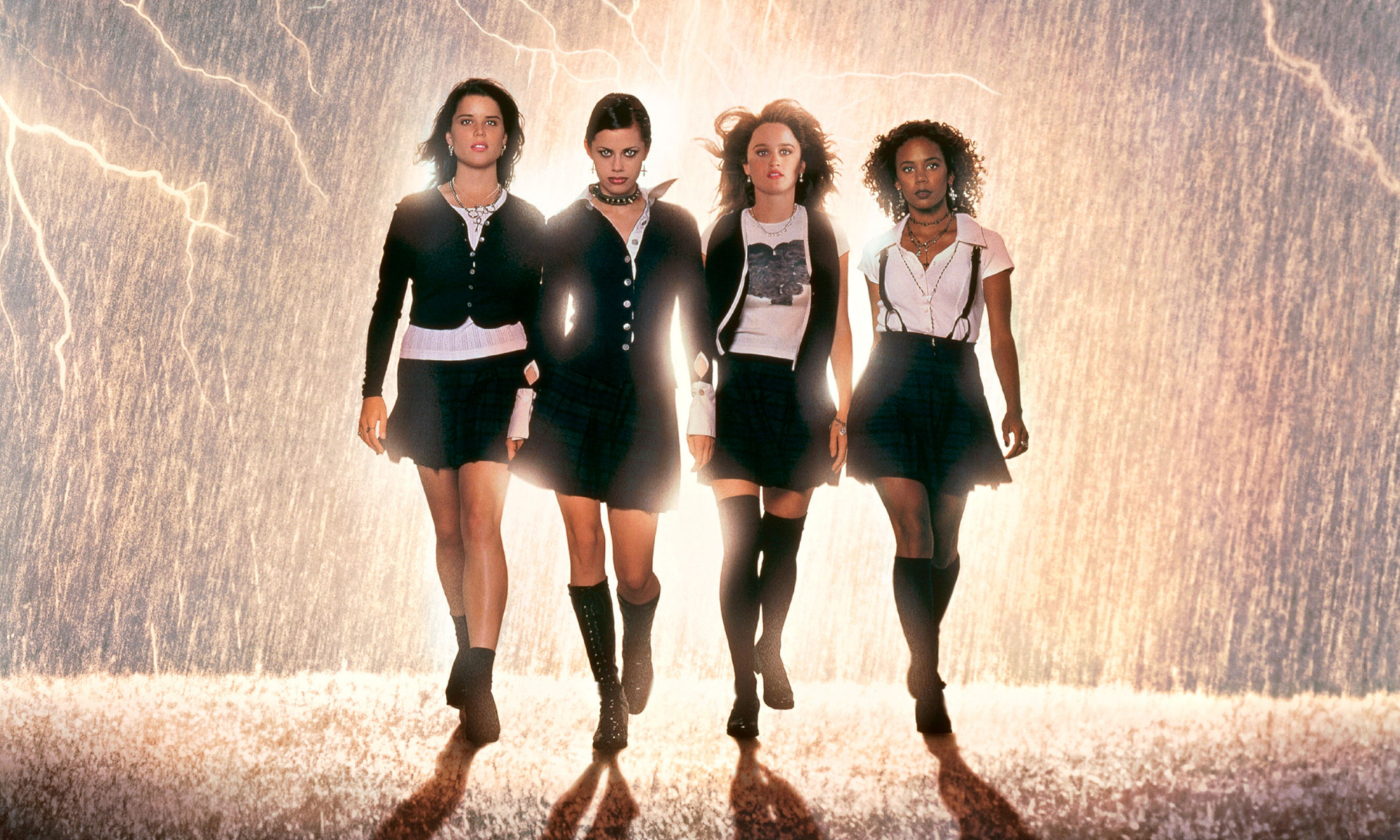
by Justin Lockwood | Mar 22, 2019 | Blog
The author and Rachel True “I’m just saying if you’re gonna have three out of the witches, you need four, don’tcha?” actress Rachel True asked, referring to the controversy that erupted when she went public about an unnamed convention inviting all three female leads...
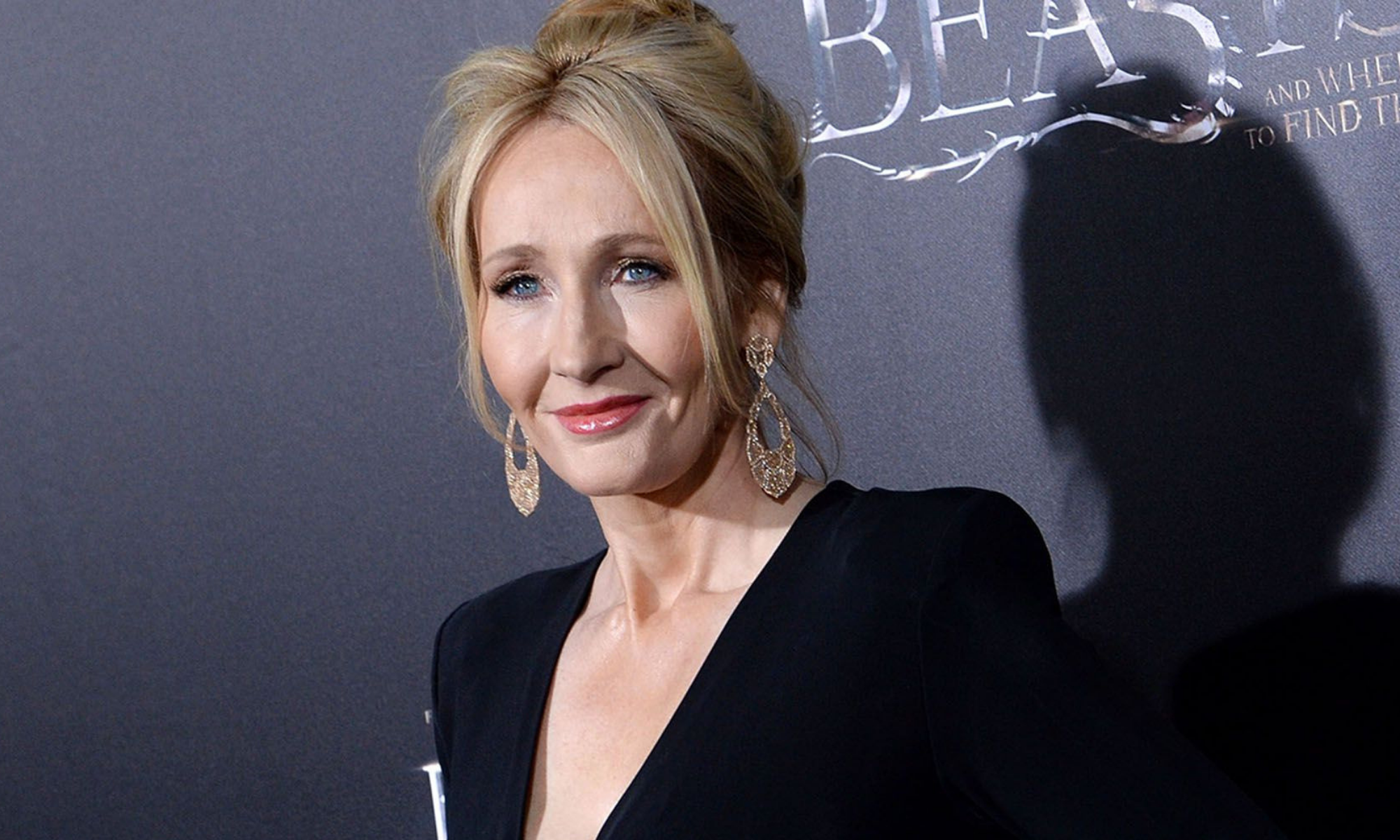
by Geeks OUT | Mar 21, 2019 | Blog
The weird ‘facts’ JK Rowling has shared has turned into a fairly hilarious meme describing all of the ‘new information’ JK Rowling has bestowed about Harry Potter characters as well as other fandoms. It’s inception has come from the Harry Potter author divulging...
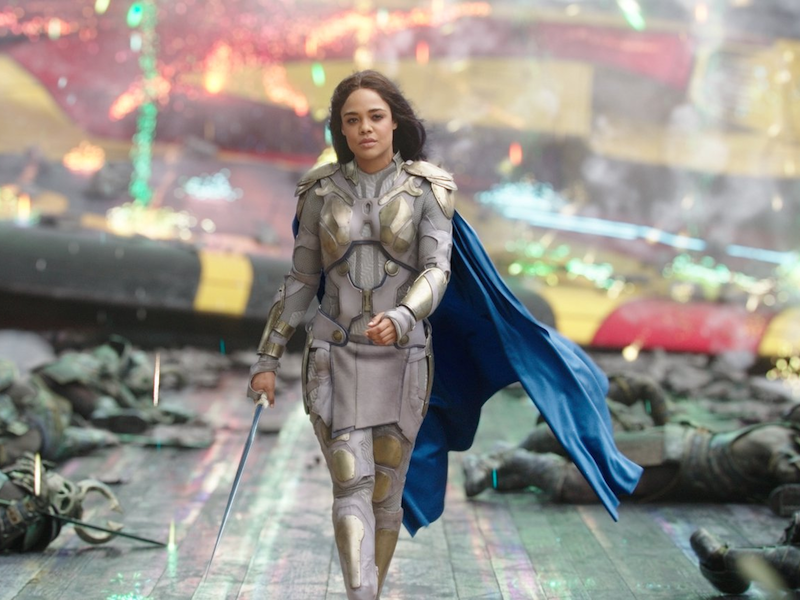
by Geeks OUT | Jul 2, 2018 | Blog
Pride is about celebrating where we come from, who we are and what we could be. Storytelling is a way we can explore ourselves and our community. Queer content exists, but need more of our stories told. More comics, more television, more movies, more music. If it...






